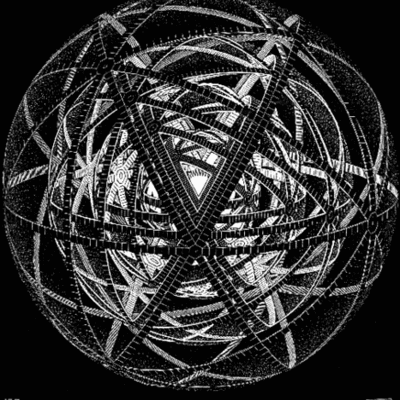R
rlb2
Guest
Why not. <br /><br />Silylene suggested, jokingly on another thread, that we should redirect Titan closer to Saturn to take advantage of its tidal forces to heat up Titan. That’s what motivated me to start this thread. I can't go back to see if this topic has been discussed before so if it was then here it is again. <br /><br />As soon as we get to Mars we would have already developed the VASMRI engines, nuclear engines and ion engines. This may make Jupiter about a six to nine months drive with faster transportation. Some of these engines could be sent out to adjust the path of some of the smaller satellites of these gas giants. Have them redirect the orbital path of some of these planet sized moons by crashing some of these smaller satellites into them. This would enable these worlds to take more advantage of the Tidal forces closer in, therefore melting Europas ice caps or warming Titans atmosphere. Radiation shields would have to be made strong enough to live on the surface of these worlds, but Europas Oceans would be a great place to live for aquatic life.<br /><br />I proposed, years ago, to crash a projectile into Europa prior to a when a probe gets there, aim for a soft spot to break the ice so a submersible could be injected under the ice sheet. A 5,000-Kilogram projectile traveling at 50,000 mph carries a lot of kinetic energy. <br /><br />I understand that Terraforming another world would not be an easy task and may not be doable within a hundred years, but it is another way to expand human’s evolution within our Solar system. The material to do this with, comets and asteroids are presently in orbit around these gas giants. <br /> <div class="Discussion_UserSignature"> Ron Bennett </div>



